While the competition is tight when it comes to best smartphones under 30000, Xiaomi’s latest mid-range offering, the Redmi Note 13 Pro Plus, arrives with a starting price of ₹31,999, stands out from the competition. Redmi Note 13 Pro+ packs a punch with its great design, display, and performance. In this article, we will go through why we think it is one of the best smartphone offering around the price of 30,000. Let’s delve deeper into its key features.
Table of Contents
Design and Display:
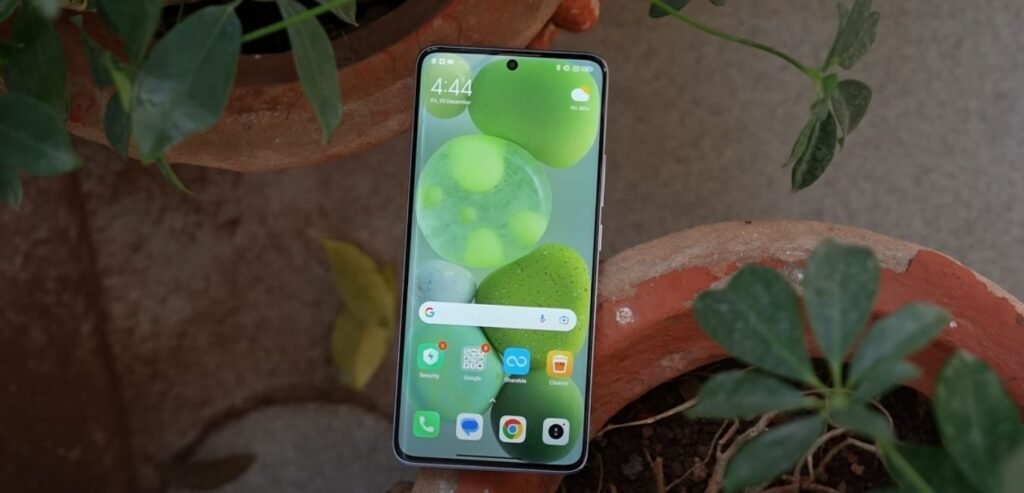
The phone boasts a stylish vegan leather back, available in three classic colors: Fusion Black, Fusion White, and Fusion Purple. Its IP68 rating ensures worry-free protection from dust and water splashes. On the front, the display of the Redmi Note 13 Pro Plus is a 6.67-inch AMOLED screen with a 120Hz refresh rate. It is protected by Gorilla Glass Victus 1, which is not the latest version but still offers good durability against drops and scratches. The display is bright, going up to 1,800 nits, but it can take some time to adjust to sudden changes in brightness.
Performance and Battery:
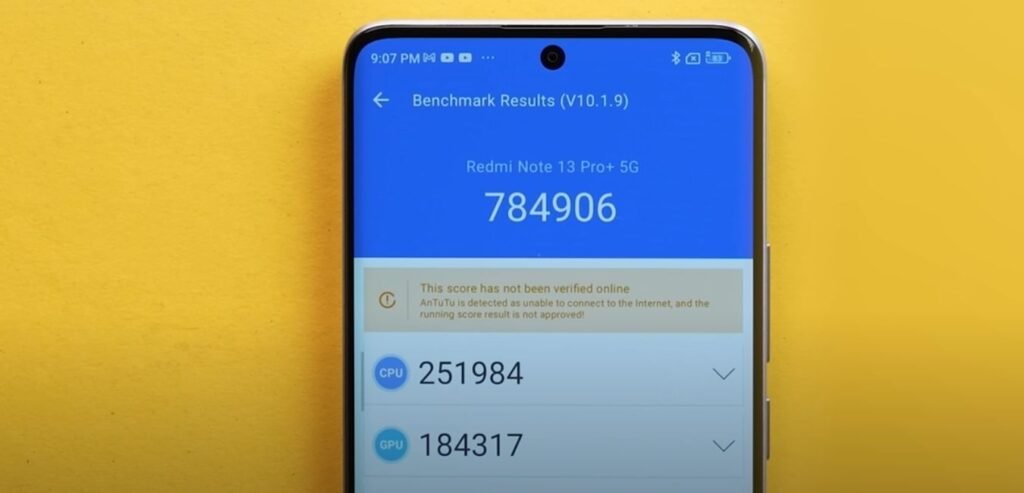
Powering the phone is the MediaTek Dimensity 7200 Ultra processor, paired with up to 12GB of RAM and 256GB of storage. Benchmarks reveal solid performance, and even COD Mobile runs smoothly at 90 FPS (albeit with low graphics settings). Fueling your daily tasks is a robust 5,000mAh battery, compatible with 120W fast charging. While the reviewer belum tested battery life thoroughly, it’s expected to comfortably last a full day.
Software:
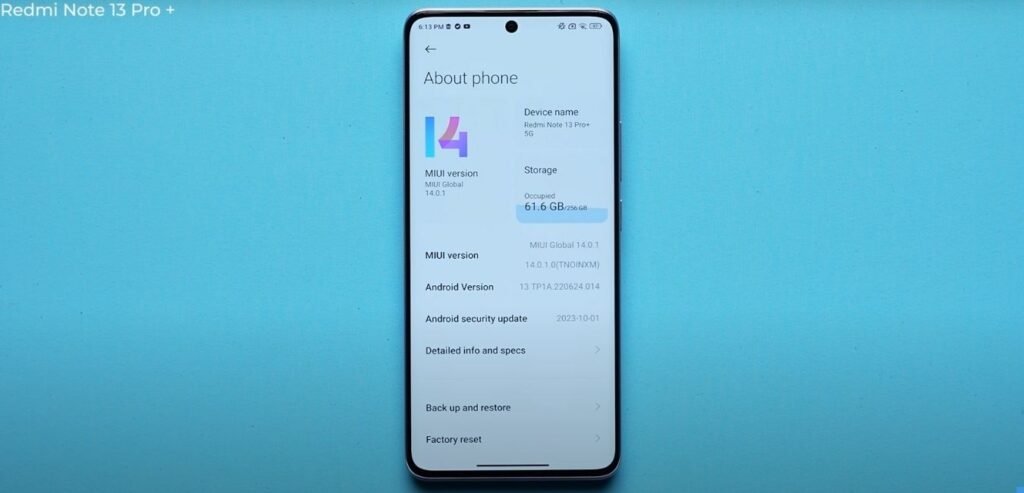
The phone runs MIUI 14 atop Android 13, with an anticipated upgrade to HyperOS in early 2024. Here’s where the review stumbles. While MIUI 14 offers various features, it is criticized for its bloatware and fishy ad and privacy prompts that might irk some users. We will try to break down some pros and cons of MIUI/HyperOS below:
Pros of MIUI:
- Extensive customization: MIUI offers a plethora of options to personalize your experience. Theme your phone, tweak animations, adjust app permissions, and much more.
- Unique features: MIUI boasts features like floating windows, second space for privacy, built-in screen recorder, and Game Turbo mode for enhanced gaming performance.
- Frequent updates: Xiaomi often releases updates with new features and security patches, keeping your device fresh.
Cons of MIUI:
- Bloatware and pre-installed apps: MIUI comes with a fair amount of pre-installed apps that some users find unnecessary and annoying.
- Aggressive app management: Sometimes, MIUI aggressively kills background apps to save battery, potentially interfering with notifications and app functionality.
- Confusing UI elements and settings: The interface can be cluttered and some settings are hidden or renamed compared to stock Android, making it harder to navigate.
- Privacy concerns: There have been instances of data collection and targeted advertising within MIUI, raising privacy concerns for some users.
Major Criticisms of MIUI:
- Bloatware is a constant complaint: While some apps can be uninstalled, others remain, and users dislike the feeling of not having complete control over their device.
- Privacy concerns remain unaddressed: Despite Xiaomi’s efforts to improve transparency, some users still feel apprehensive about data collection practices.
- Software updates can be buggy: While frequent updates are appreciated, they can sometimes introduce new bugs or compatibility issues.
- MIUI feels like an unnecessary layer: Some users prefer the cleaner and more consistent experience of stock Android and find MIUI redundant.
Cameras on the Redmi Note 13 Pro+:
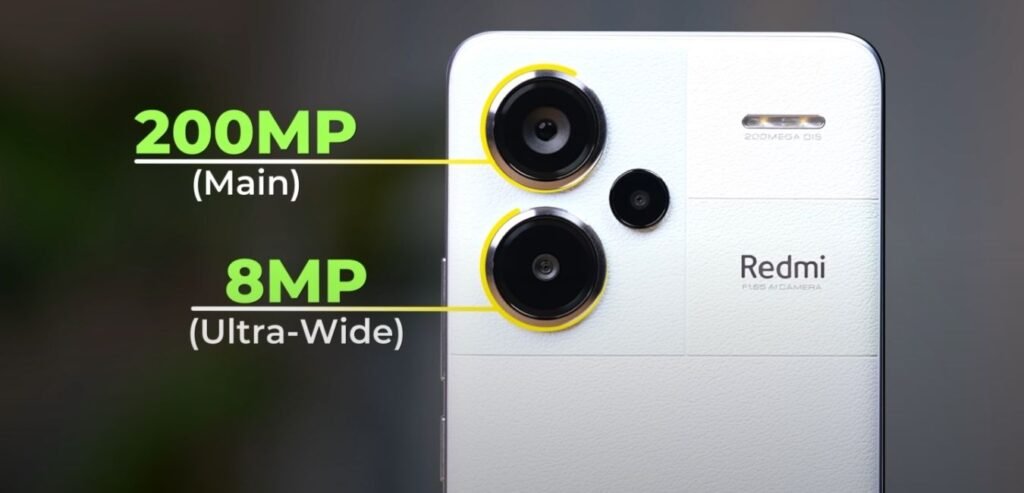
The quad-camera setup on the back boasts a high-resolution 200MP main sensor, supported by an 8MP ultrawide and a 2MP macro sensor. The front-facing camera clocks in at 16MP. Initial impressions suggest promising hardware, but software optimization holds the key to unlocking its full potential.
Pros of Redmi Note 13 Pro+ Camera:
- 200-megapixel main sensor with optical image stabilization: This sensor takes great photos and videos, even in low light.
- Great photo quality: The reviewer was impressed with the quality of the photos taken with the main camera.
- Good video quality: The reviewer also liked the quality of the videos taken with the main camera.
Cons of Redmi Note 13 Pro+ Camera:
- No 4K video recording on front camera: We feel its is a bummer that the front-facing camera can only record video in 1080p, as this is a camera-centric smartphone.
Redmi Note 13 Pro Plus vs Moto Edge 40:
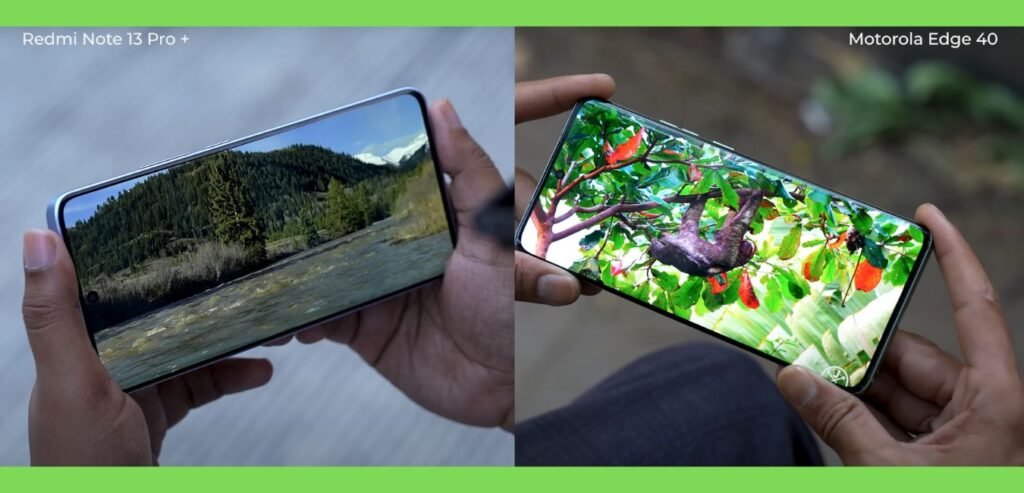
Since Redmi’s closest competitor is last year’s Moto Edge 40, which, by the way was our favourite midranger of 2023, we decided to put the Redmi against Moto Edge 40 to provide you with a comparison.
Pros of Redmi Note 13 Pro+ over Moto Edge 40:
- Better build quality with Corning Gorilla Glass Victus protection: The Redmi Note 13 Pro Plus has a more premium build quality than the Motorola Edge 40, with Corning Gorilla Glass Victus protection on the front and back. This means that the phone is more resistant to scratches and drops.
- Far better display with 1.5K resolution, 120Hz refresh rate, and 1920Hz PWM dimming: The Redmi Note 13 Pro Plus has a significantly better display than the Motorola Edge 40. It has a higher resolution (1.5K vs Full HD+), a higher refresh rate (120Hz vs 144Hz), and 1920Hz PWM dimming, which helps to reduce flicker and eye strain.
- Fairly good camera performance, especially for zooming in on subjects: The Redmi Note 13 Pro Plus has a good camera system that takes good photos and videos in most lighting conditions. It has a 108MP main sensor, an 8MP ultrawide sensor, and a 5MP macro sensor. The camera is also capable of 5x optical zoom and 50x digital zoom.
- Longer battery life: The Redmi Note 13 Pro Plus has a larger battery than the Motorola Edge 40 (5000mAh vs 4600mAh), and it also has a more power-efficient processor. This means that the Redmi Note 13 Pro Plus will generally last longer on a single charge.
- One extra year of software updates: The Redmi Note 13 Pro Plus will receive one more year of software updates than the Motorola Edge 40. This means that you will be able to get the latest security patches and features for longer.
Cons of Redmi Note 13 Pro+ over Moto Edge 40:
- Costs 5,000 rupees more than the Motorola Edge 40: The Redmi Note 13 Pro Plus is a more expensive phone than the Motorola Edge 40.
- Software experience is not as good as the Motorola Edge 40: The Redmi Note 13 Pro Plus runs MIUI 13, which is a custom version of Android that has some bloatware and dark patterns. The Motorola Edge 40 runs a near-stock version of Android, which is generally considered to be cleaner and more user-friendly.
- Video recording is not as good as the Motorola Edge 40, especially in terms of HDR processing and audio quality: The Redmi Note 13 Pro Plus can record 4K videos at up to 60fps, but the video quality is not as good as the Motorola Edge 40. The Motorola Edge 40 has better HDR processing and audio quality, which results in videos that look and sound more natural.
- Front camera is not as good as the Motorola Edge 40 in low light: The Redmi Note 13 Pro Plus has a 16MP front-facing camera, but it does not take as good photos in low light as the Motorola Edge 40. The Motorola Edge 40 has a 32MP front-facing camera that takes brighter and more detailed photos in low light.
Summary of Redmi Note 13 Pro+ Review:
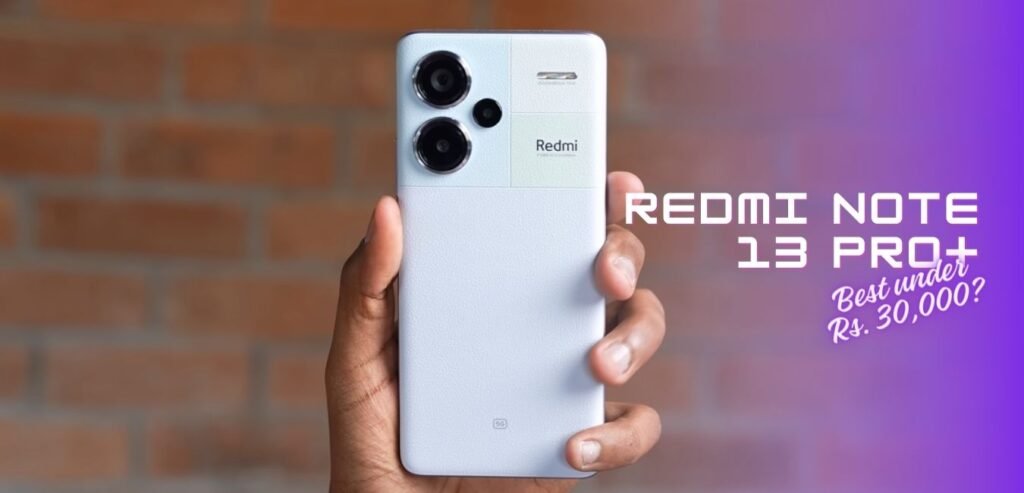
The Redmi Note 13 Pro Plus presents a compelling package for a mid-range phone. Its sleek design, stunning display, and capable performance make it a strong contender. In a nutshell, you should know the following about the Redmi Note 13 Pro Plus:
- The Redmi Note 13 Pro is a good option for those who are looking for an affordable phone with a good display and battery life.
- However, its camera performance is not great, and it does not have 5G connectivity.
- There are other phones on the market that offer better camera performance and 5G connectivity for a similar price.
- Overall, the Redmi Note 13 Pro is a decent phone, but there are better options available.
FAQs of the Redmi Note 13 Pro Plus:
Q: Is wide camera available on the Redmi Note 13 Pro+?
A:Yes, Redmi Note 13 Pro+ sports an 8MP ultra wide camera.
Q: Battery backup on the Redmi Note 13 Pro+
A: Battery backup on the Redmi Note 13 Pro+ is great, the phone comes with a 5000mAh battery with a 120W fast charger in the box. The phone provides 1.5 days of backup with normal usage.
Q: Side frame Material
A: Redmi Note 13 Pro+ has a polycarbonate frame.
Q: Call recording without announcement?
A: Yes, the phone comes with Mi Dialer and supports call recording without announcement.
Q: Does the 200MP support OIS?
A: Yes, the main 200MP camera does have support for OIS.
Q: Redmi Note 13 Pro Plus Wireless charging ?
A: No, the phone does not support wireless charging. However, Moto Edge 40 that comes in the same price range does have support for wireless charging.



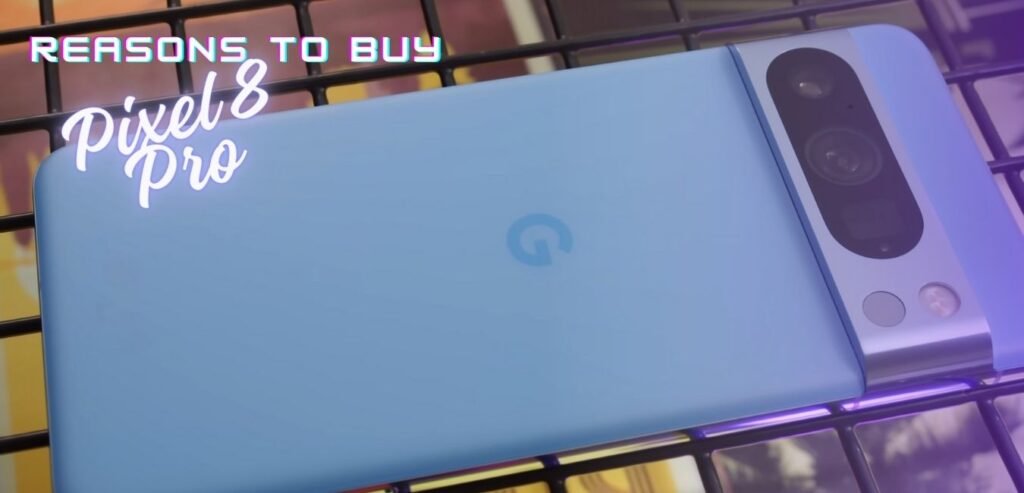

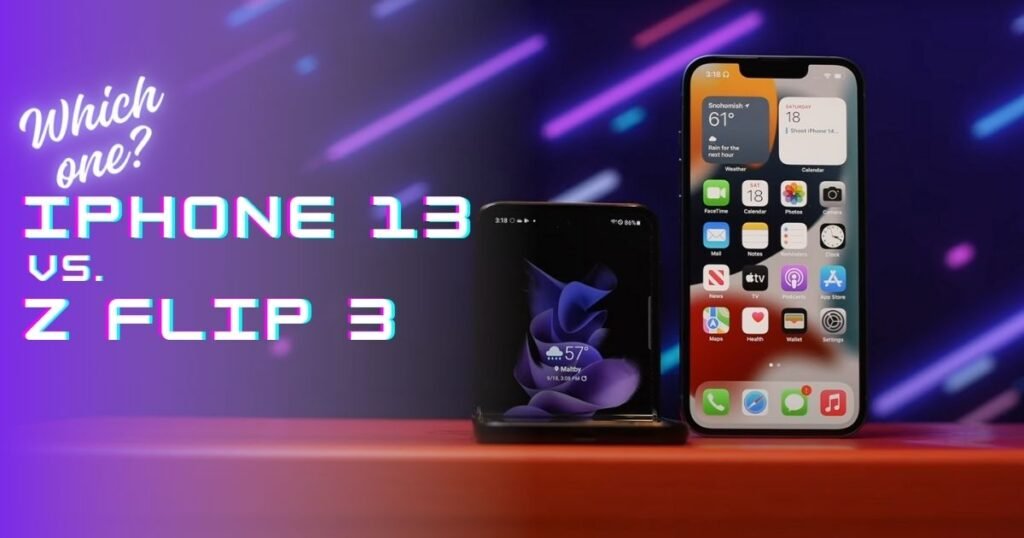
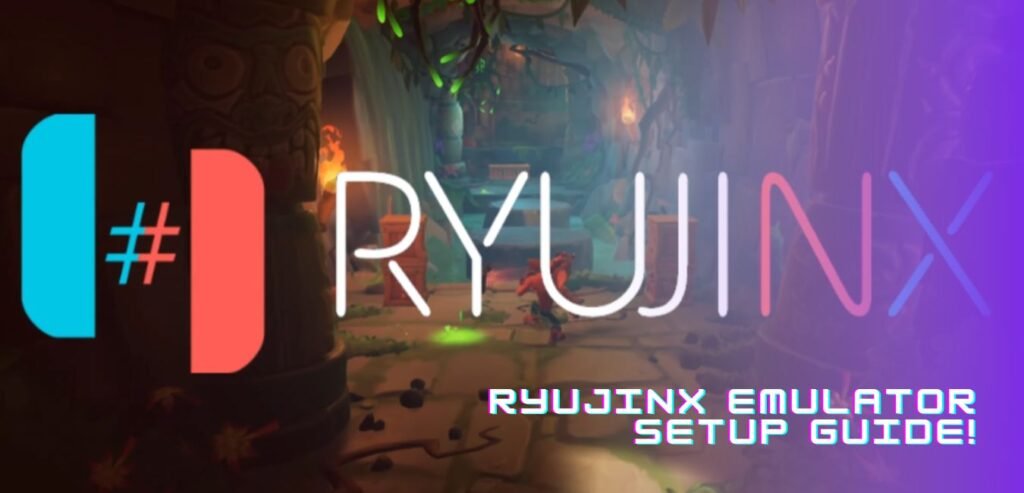
I’m definitely sharing this with my network.
Pingback: OnePlus 12R Genshin Impact Edition India review - ZuiAndroid